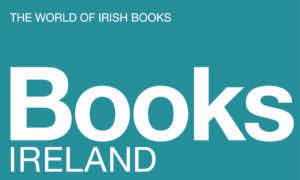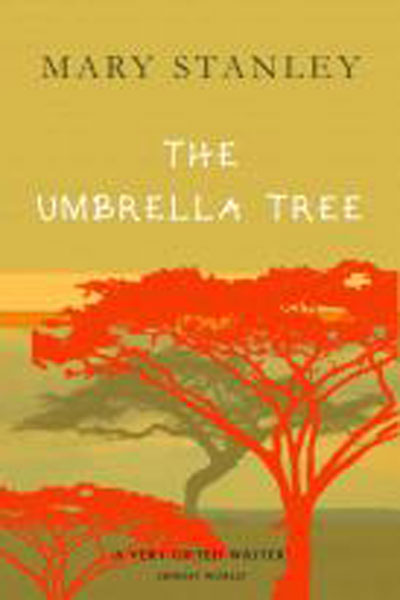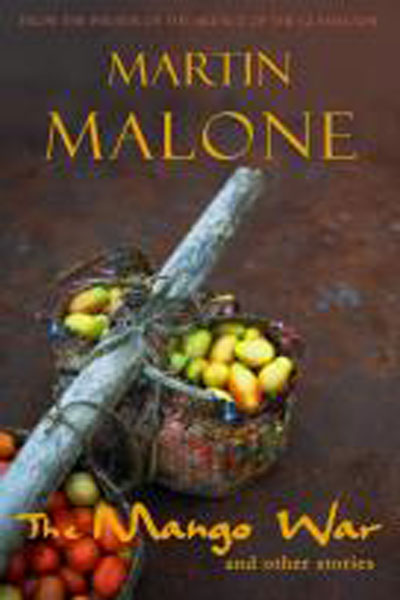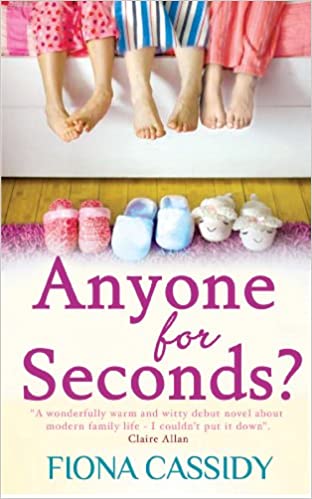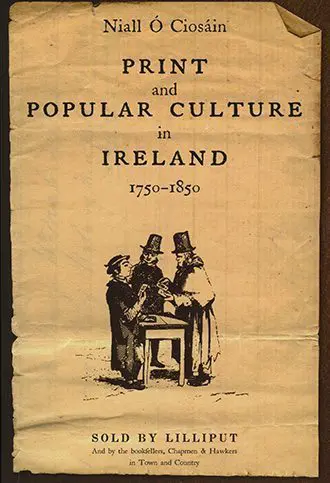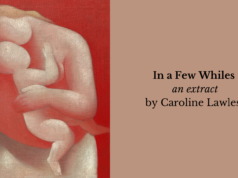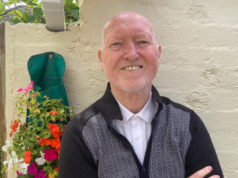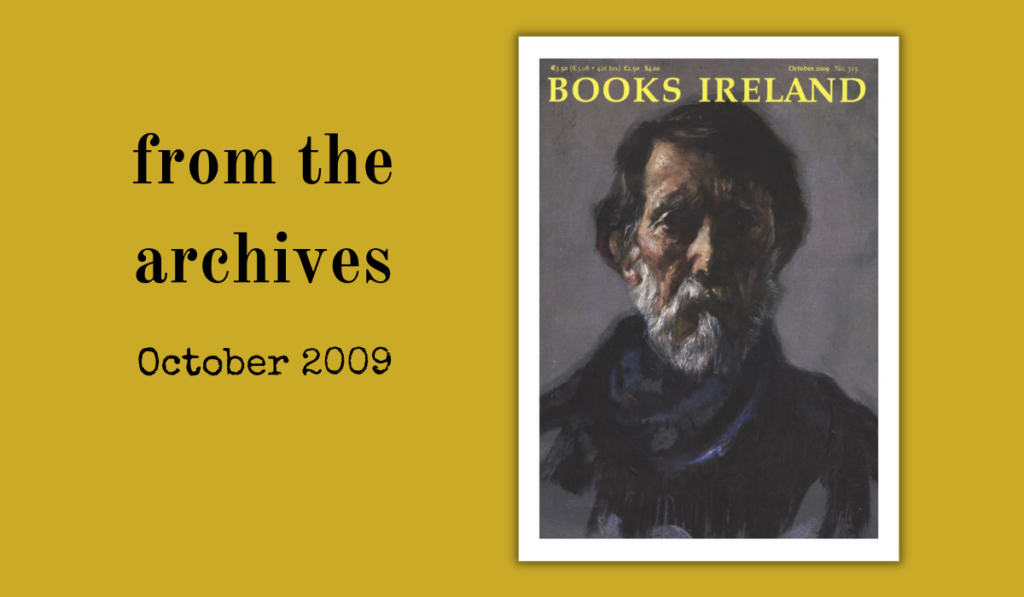
reproduced by permission of the Keating estate
FROM THE ARCHIVES—OCTOBER 2009
We’re enjoying looking through the archives as we mark our 45th anniversary. This time back in 2009 (yes, this was twelve years ago!) the October issue included a wonderful winter shopping list—here are some of the highlights!
Highlights from the winter shopping list, October 2009
Greek, by Theo Dorgan (Dedalus)
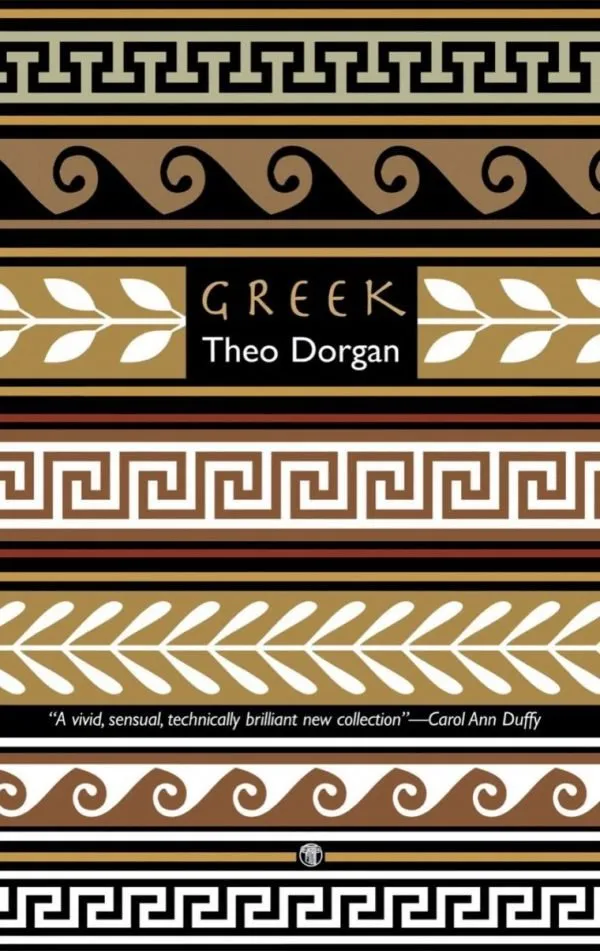
Theo Dorgan’s Greek is a vivid, sensual, technically brilliant new collection which transports the reader through time and space, history and myth, love and death. The Greek gods and goddesses walk again, as real as we are, in the islands of 21st century Greece in a poetry which is singingly alive to the pleasures of being here now. This is the language of ‘undying” Writing from “the childhood of the world” in Greece, Dorgan finds his identity as an Islander, as a lover and as a poet made new again, with increased authority and a deep understanding of the power and alchemy of myth; sharing with us his relish of “the great slant freedom of our craft”. He demonstrates also a real gift for the short lyric poem in the middle section, ‘Islands’, each poem here being utterly of its brief moment as “the stars come out on the life that I call mine”. — Carol Ann Duffy
The Umbrella Tree, by Mary Stanley (New island)
From her home in County Wicklow, as Helena Wolff looks back on her childhood growing up in Kenya, she recalls with affection the stories of animal behaviour that her brother Horace told her all those years ago as they played together beneath the umbrella tree. Far away from the world of her childhood, she struggles to come to terms with her traumatic past, as the normal life she has constructed threatens to fall apart. In a novel that spans two continents, The Umbrella Tree is a compelling and moving story, which is full of surprises. There are secrets, lies, deception, love, humour and loyalty: the best and worst of human nature. Mary Stanley’s sixth novel is a beautifully written, evocative and wise story that will stay with you long after you’ve read the final page.
The Mango War and Other Stories, by Martin Malone (New Island)
Acutely observed, and often comic, Martin Malone’s stories chart the hidden and darker currents beneath everyday, seemingly ordinary, family life.
An Irish soldier who brings his Middle-East tour of duty home with him, a car-park attendant who ponders all that he witnesses, two sisters who have always shared everything, and a father and son trapped in a tragic aftermath are some of the deftly realised characters who memorably people these powerful tales of love, loss and betrayal.
Cleanly written, and displaying a true gift for dialogue, The Mango War and Other Stories is a collection to reckon with.
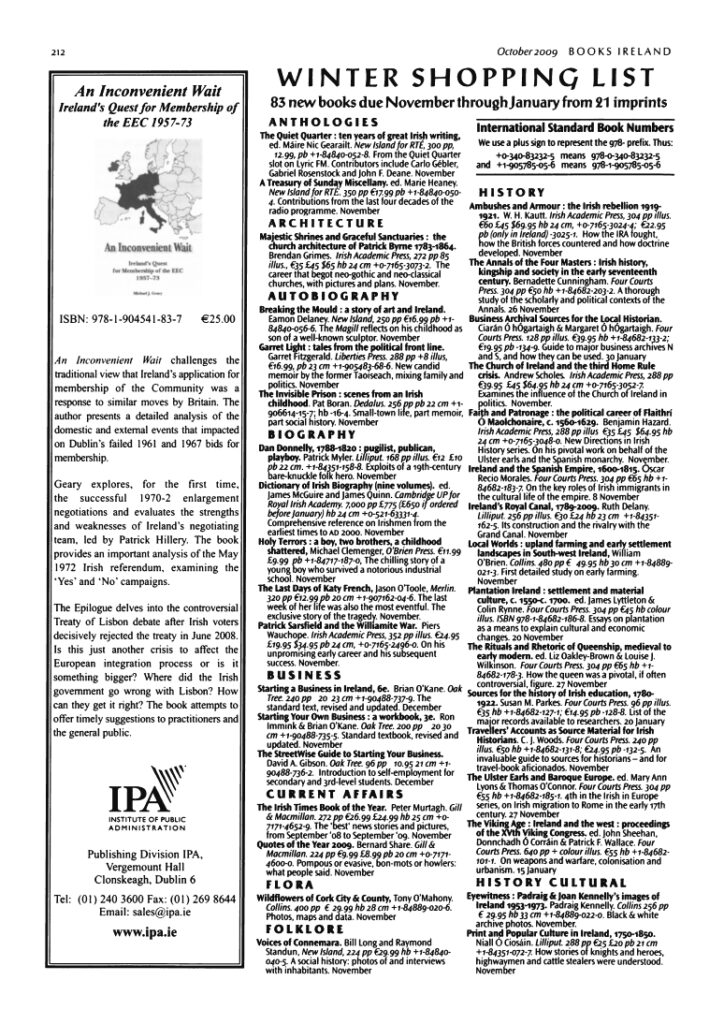
Anyone for Seconds, Fiona Cassidy (Poolbeg Press)
Meet Frankie McCormick, lone parent to Ben and Carly, PR guru and a woman who finds men who wear glasses irresistible. Enter Owen Byrne (Clark Kent minus the manky Y-fronts). He’s sexy, dynamic and is everything a girl could wish for. The one fly in the ointment comes in the form of his horrendous teenage daughter, the seriously misnamed Angelica. The path of true love never runs smooth but for Frankie and Owen the road is particularly treacherous (a minefield would be safer). Family crises, interfering in-laws (or is that outlaws?) and a bittersweet tragedy all culminate to test their relationship while faces from the past threaten their future as a family. Second chances don’t pop up very often and when they do it’s best to grab them with both hands. Will Frankie and Owen have the courage to stand together and become a family with 2.4 children or is that 3.6 children?
Going By Water, by Michael Cody (Gallery Press)
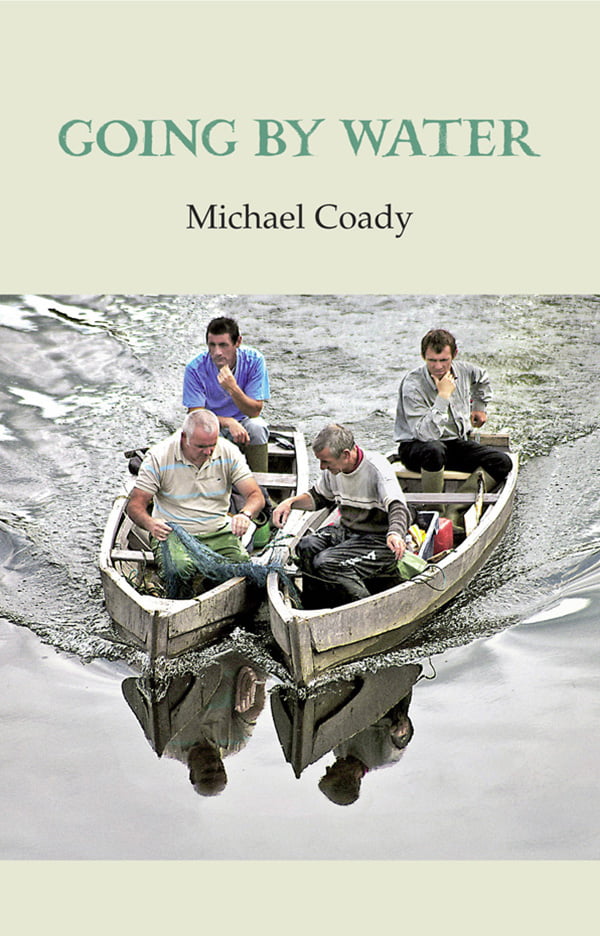
The same again, the old bell says — the roofs,
the pillowed heads, the dreams, the tides — the same
but not the same, this winter morning here.
In this beautifully conceived, meticulously assembled collection, Michael Coady, laureate of the home place, ruminates on and records the traces left by our lives. From the ‘rhapsody of now’ through ‘words of love and grief, / the earth’s embrace, its constancy’ Going by Water celebrates enduring values and the mysterious triumphs of ordinary experience and everyday ritual. It recounts inherited as well as overheard and re-imagined stories. It ranges from the river traditions of his native town to take in a new Ireland and the newfound locales of Paris and beyond with their communities of the living and dead. While it sounds elegiac notes it pulses to the beat of music as a portal to transcendence.
Symphonic in its orchestration, integrating poetry, prose narratives and the author’s photography, Going by Water elicits from its catchment a universal human measure. With All Souls and One Another it forms a trilogy unique in our literature.
Ireland and the Spanish Empire, 1600–1825, by Óscar Recio Morales (Four Courts Press)
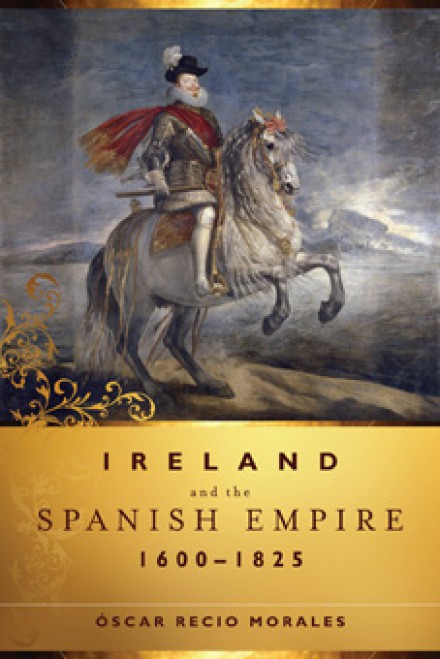
In the wake of the Irish-Spanish defeat at Kinsale (1602), through army careers and the concession of nobility titles, Spanish kings placed the Irish exiled lords and gentry in an advantageous position on a par with the nobility in the early modern Spanish world. Imposition of orthodox Catholicism within the Spanish realms implied the social inclusion of certain ‘nations’ such as the Irish and the exclusion/repression of other groups who were not assimilatable into that society – Jews, Moriscos and Gypsies. Not all Irish migrants were soldiers, nor where they all men. Not all obtained honours and integration and, even for the Irish nobility, assimilation could be difficult. This book covers this complexity of Irish migration to the Spanish empire, from 17th-century Hapsburg Spain to 18th-century Bourbon Spain, from Europe to the new World, from Madrid, Brussels or Cadiz to Havana, Lima and Chile. Even though Ireland did not form part of this empire, the contribution of Irishmen and Irishwomen to this multinational empire was remarkable. The Irish ‘nation’ played a key role in the army, commerce, medicine, literary life and 18th-century Spanish Enlightenment.
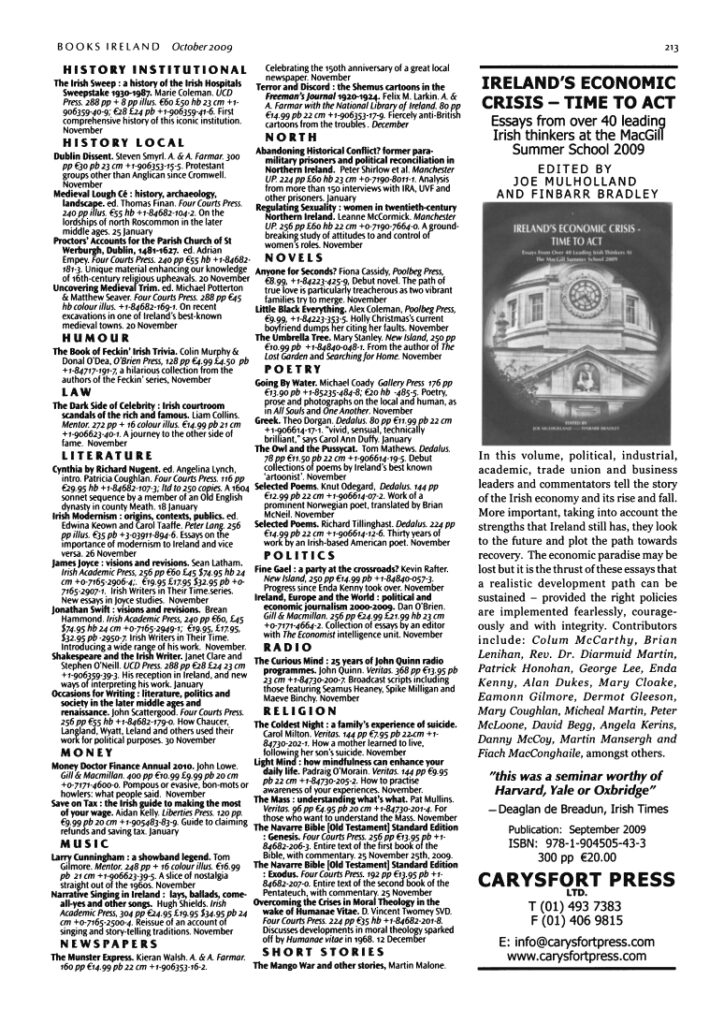
Print and Popular Culture in Ireland 1750-1850, by Niall Ó’Ciosáin (The Lilliput Press)
Print and Popular Culture in Ireland 1750-1850 looks at popular print culture in Ireland during the eighteenth and nineteenth centuries. Small cheap books featuring knights and heroes, highwaymen and rapparees, the Battle of Aughrim and other historical episodes circulated widely in both town and country. They were absorbed by a vibrant culture and the study touches on topics as diverse as Orange ritual, folk drama and religious songs in the Irish language.
This book takes an interdisciplinary approach to a little-known area of Irish history and literature and, by pursuing comparisons with other European regions and cultures, adds a new dimension to the growing body of studies of popular reading in the past.
Narrative Singing in Ireland: Lays, Ballads, Come-All-Yes and Other Songs, by Hugh Shields (Irish Academic Press)
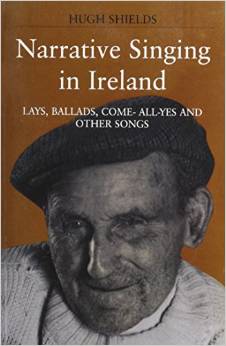
Narrative Singing in Ireland is a definitive account of Irish traditions of singing as a storytelling art. Of interest to scholars and general readers, this book examines the varied associations of song and story in Ireland and why people sing as they do. It ranges from ballads in English, through Irish Heroic songs – of Fionn mac Cumhaill, Deirdre, the Big Fool and others, sung from earliest times to the present – to ballads of European tradition with the lyric songs of Irish.
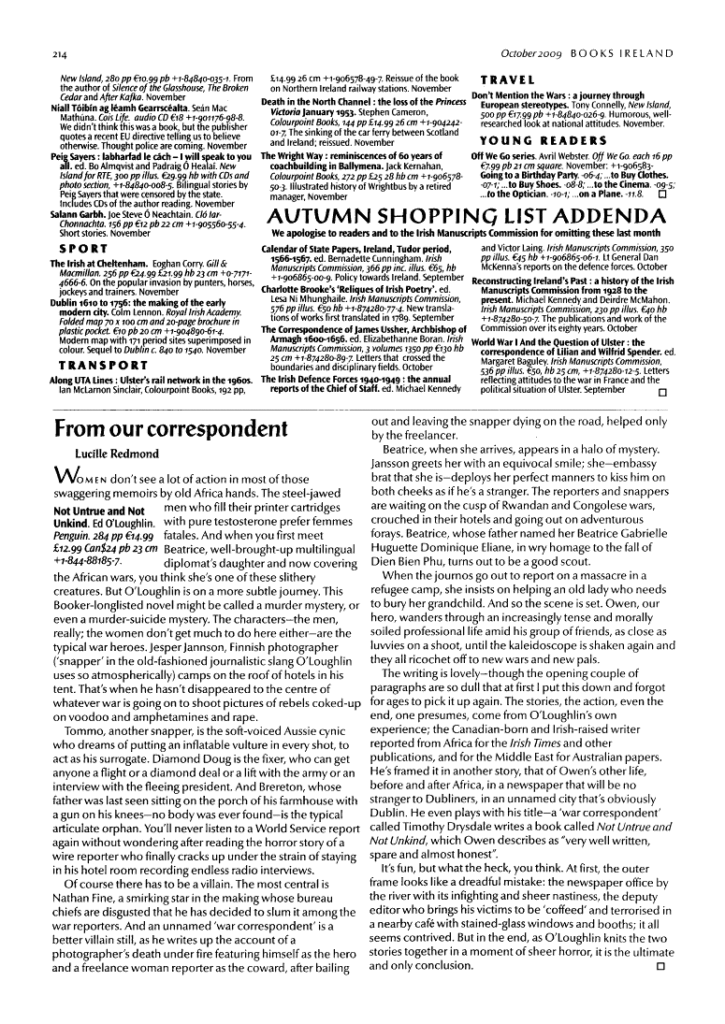
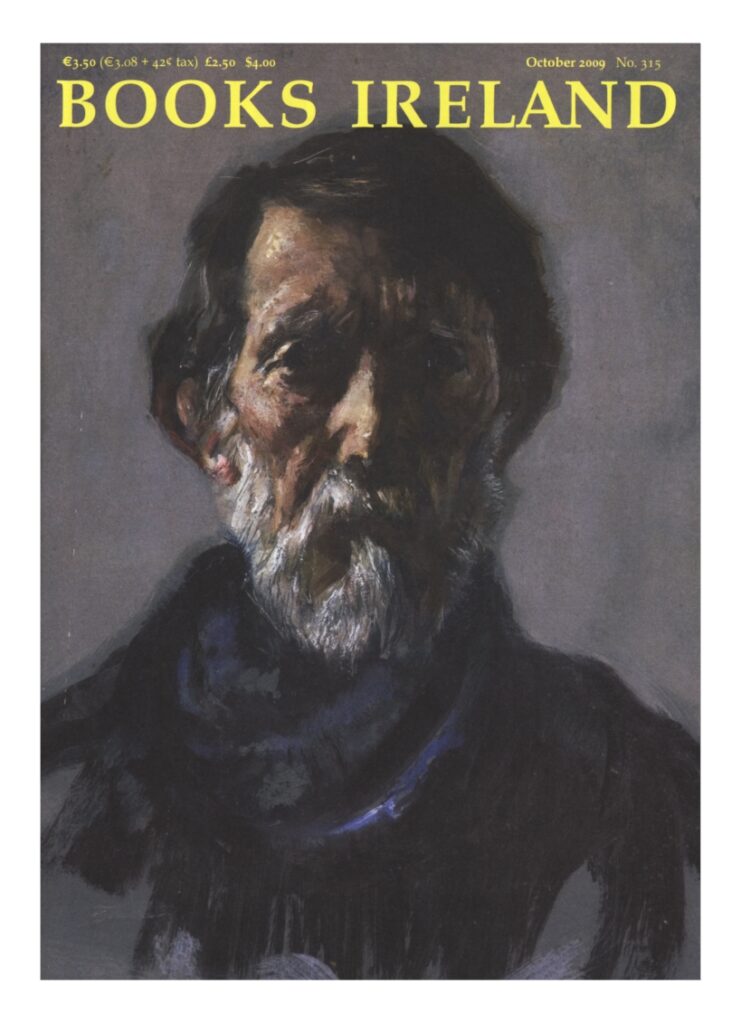
reproduced by permission of the Keating estate
